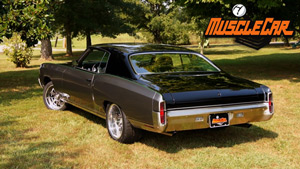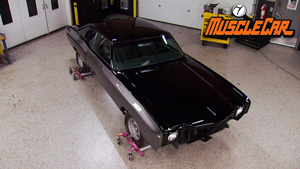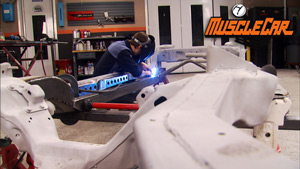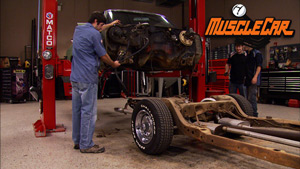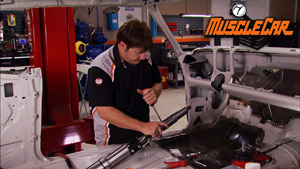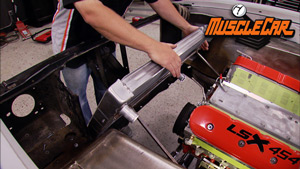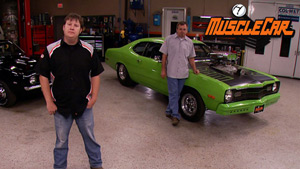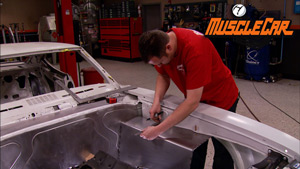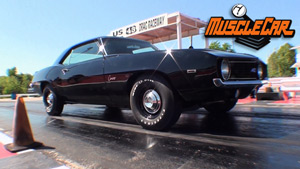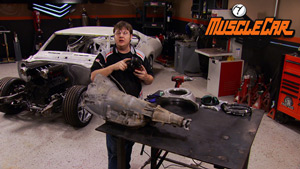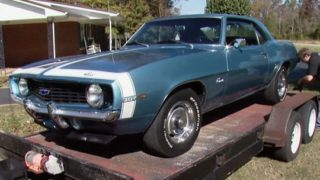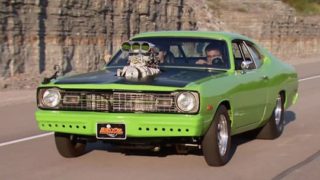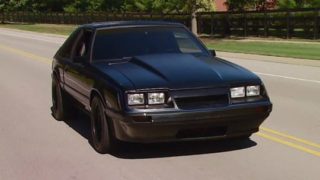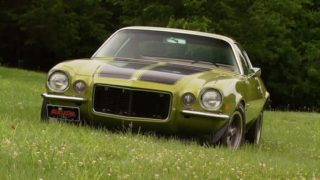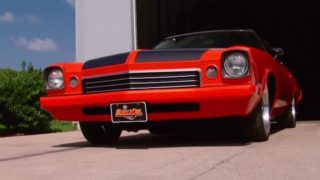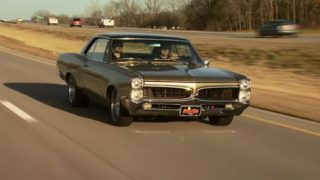
The Fantastic 4-Speed
It's everything you want to know about the good 'ole 4-speed! From Borg-Warner to Muncie, we'll go over the most common models, how to choose one, and how to rebuild one. Plus, a look at shifters, and how modern 5- and 6-speeds have improved on the basic 4-speed design. In Flashback, a 1971 Torino Cobra is unleashed on the streets.
Season 5
Episode 14
Hosts: Rick Bacon, Tommy Boshers
First Air Date: July 31, 2010
Duration: 16 minutes 57 seconds
